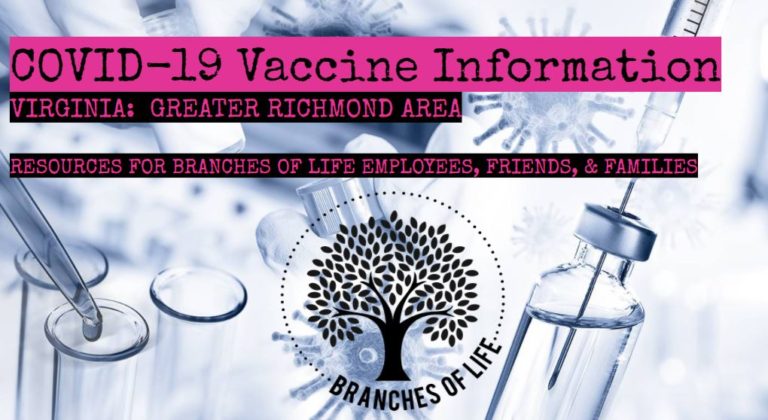Thoughts on Supported Decision-Making

Hey everyone! Wendi here. We’ve been doing a lot of training recently and one of our newest employment specialists, Tari, asked a great question in response to a module on supported-decision making by Open Future Learning.
I wanted to share my thoughts to her question with all of you. Tari, thanks for a thoughtful question!
She asked “How can a supporter intervene if a truly unsafe decision has been reached? What is our responsibility/obligation to protect?
That’s a great question and it’s one without a clear black-and-white answer.
One of our core responsibilities as paid support is to do our best to make sure the person remains healthy and safe. There are many ways you can apply your best judgment and creativity to attempt to make this happen — lots of ways you can attempt to influence and steer decision-making away from dangerous or harmful choices, and we encourage this — especially to stand back and let a person dive head first into danger is negligent.
Your major role is to apply all of those creative, helpful, personalized supports during the person’s decision-making process to attempt to influence and encourage behavior that is healthy and safe. What is outside of your role is actually controlling a person’s decisions or forcing behavior. If a person chooses (despite your very best efforts at influence) a dangerous/unsafe behavior, then your job immediately becomes attempting to minimize the effects of that dangerous behavior.
Here’s an example:
C. has diabetes and controls her blood sugar largely through diet and exercise. However, when her blood sugar is high, she often becomes highly emotional, demonstrates a lot of frustration and angry-sounding behavior toward others, and has a major seizure that lasts until a special medication is given, and requires hospitalization afterward.
C. loves sweets. She typically feels good about the 1/4th rule that her doctor helped her understand — that is, that she can have 1/4 of a serving of any sweet, every 4 hours. So when she is having birthday cake, she gets a piece served to her, cuts it in 4s, and then can have one section every four hours. This works for her, she’s satisfied with this, and this is a great decision that she makes to be healthy.
C. sometimes goes to the service station and wants to buy a snack. Her supporters are there to help, and have helped C. in the past come up with a picture list of service station snacks that she enjoys that are fairly low carb and sugar and safe for her to eat freely. Usually, C chooses something from that list because quantity is often more valued to her.
However, there are times that C. is at the service station and chooses to purchase a candy bar or some other high-sugar/carb food that if she were to eat the whole thing, her blood sugar will spike and she will most likely have a seizure and require hospitalization. At that point, it becomes the supporter’s job to help C. understand her options, and work to encourage her to make healthy decisions — maybe that’s the 1/4 rule, maybe that’s asking if she’s comfortable with the supporter holding onto that snack for her and distributing it at the right increments so she won’t’ get sick, maybe that’s identifying the most important part about that snack and offering some more healthy alternatives, maybe that’s helping her look forward to dessert after dinner, maybe that’s suggesting a diet soda to curb her sweet tooth — etc, etc, etc.
It is not the responsibility of the supporter to prohibit her from making that purchase or to take the purchase from her. We’ll talk about this concept later, but this is firmly ‘not our donut.’
Taking this example further, let’s say that C. consumes the entire candy bar, despite all of the hard work that the supporter has done to encourage/suggest other options. At this point, it becomes the supporter’s responsibility (still keeping healthy and safe at the forefront) to notify C.’s mom to prepare her for the hospital trip, to notify people who have C’s medication, and to get C to a place where she can be as safe as possible while dealing with the blowout of her poor choice.
There is a fine line between allowing bad things to happen and bad things happening despite your very best effort. We always want to be at the ‘despite our best effort’ spectrum of things. There are a few exceptions — if someone is getting ready to get hit by a car/fall off a cliff / etc., please take life-saving actions.
I hope this helps illustrate a very complicated part of our support process. Most of us tend to lean toward being a bit over-supportive and overcautious because it’s a better conversation to have later about how you could let a person exercise more choices in their life than a conversation about how you should have helped more to prevent injury.






